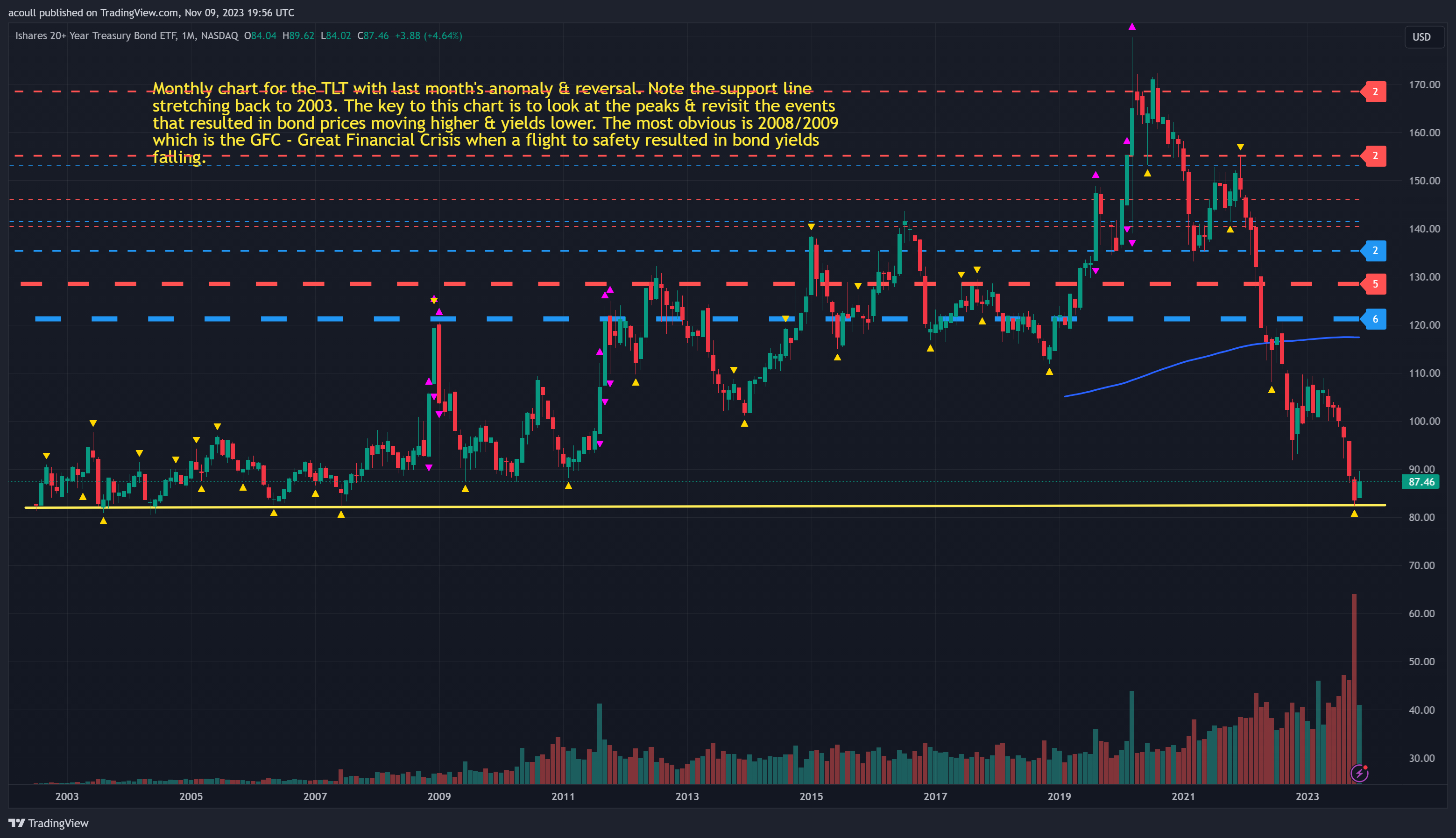As I’ve mentioned in previous posts and webinars, the bond market is probably the least understood of the four capital markets. Most people’s eyes glaze over whenever it is mentioned. However, the bond market is at the heart of the financial system as it sets the cost of money, which feeds into all areas of the economy, from companies wanting to borrow for expansion to individuals wanting mortgages and credit.
Little attention was paid to the bond market until the FED and other central banks began raising interest rates to tame the post-COVID-induced inflation. During such a period, market participants pay close attention to the pace at which rates are raised. In the case of the FED, the central bank has increased rates the fastest in 40 years.
Increased rates result in higher bond yields across the maturities and a fall in bond prices. Bond 101 tells us that longer-dated bonds pay higher yields as compensation for greater risk. After all, if you are lending money to an entity (US Treasury or Corporation) over a longer period, you would want to be compensated for the additional risk.
However, this basic presumption has been upended by the inversion of the yield curve. In other words, rates at the short end have been higher than those at the long end. An inversion of the yield curve has always preceded a recession, which usually arrives about 15 months following the inversion.

For this post, I want to focus on the TLT, the ETF designed to track the ICE US Treasury 20+ Year Bond Index. But before we consider the technical picture for the TLT, here is some background.
TLT primarily invests in US Treasury bonds with maturities of 20 years or more and is designed for investors looking to diversify portfolios and mitigate interest rate risk. So, as interest rates rise, bond prices fall and vice versa, making the TLT a straightforward way of hedging against this risk. And being a bond will also pay a regular coupon.
With interest rates rising so quickly, TLT has been falling sharply, which is what we would expect as bond yields rise and bond prices decrease. Market participants have been watching the price action in TLT for clues as to when the ETF might be reversing. This would signal first that interest rate hikes are pausing and, second, may be ending, and this was the reaction following last week’s FOMC.
There is one further aspect to TLT in that it can highlight concerns about the US government’s ability to meet its debt obligations. This is reflected in what is known as term premium, which is the additional compensation investors require to cover this risk, which rises during specific economic conditions. They include periods when the economy is entering a downturn and, latterly, uncertainty surrounding the demand for upcoming US Treasury issuance.
A further reason why the TLT is in the news is that Bill Ackman of Pershing Square Capital recently closed out a massive short in the ETF because ‘the economy is slowing faster than the data suggests’ – a slowing economy and outright recession would lead to a fall in yields and a rise in the price of bonds. It is the constant see-saw between bond prices and bond yields that market participants watch and tell us so much about the market’s future direction.
Moving to the technical picture, the monthly chart, particularly October’s down candle on massive volume, does appear to mark a turning point for TLT. This glaring anomaly signals a combination of stopping volume and buying. This month’s subsequent reversal aligns with the 2003, 2006, and 2007 lows when interest rates ranged between 5.83% and 5.75%.
However, whether TLT continues to move higher remains to be seen. Judging by the price action between 2003 and the run-up to the GFC (Great Financial Crisis), we may have a period of choppy sideways price action until there is a more precise picture regarding inflation and the economy.
If inflation continues to rise, despite the recent pause, bond prices will fall & yields will rise. If inflation falls and there is a recession, bond prices will rise & yields fall. But there is a third scenario, stagflation, where inflation remains stubborn, and the economy either falls into recession or stagnates.
This is the worst of all worlds and worse than a recession. In this case, central banks have no option other than to lower interest rates to try and stimulate growth, and while assets such as bonds can benefit, their yields are often below the level of inflation in an inflationary environment.
